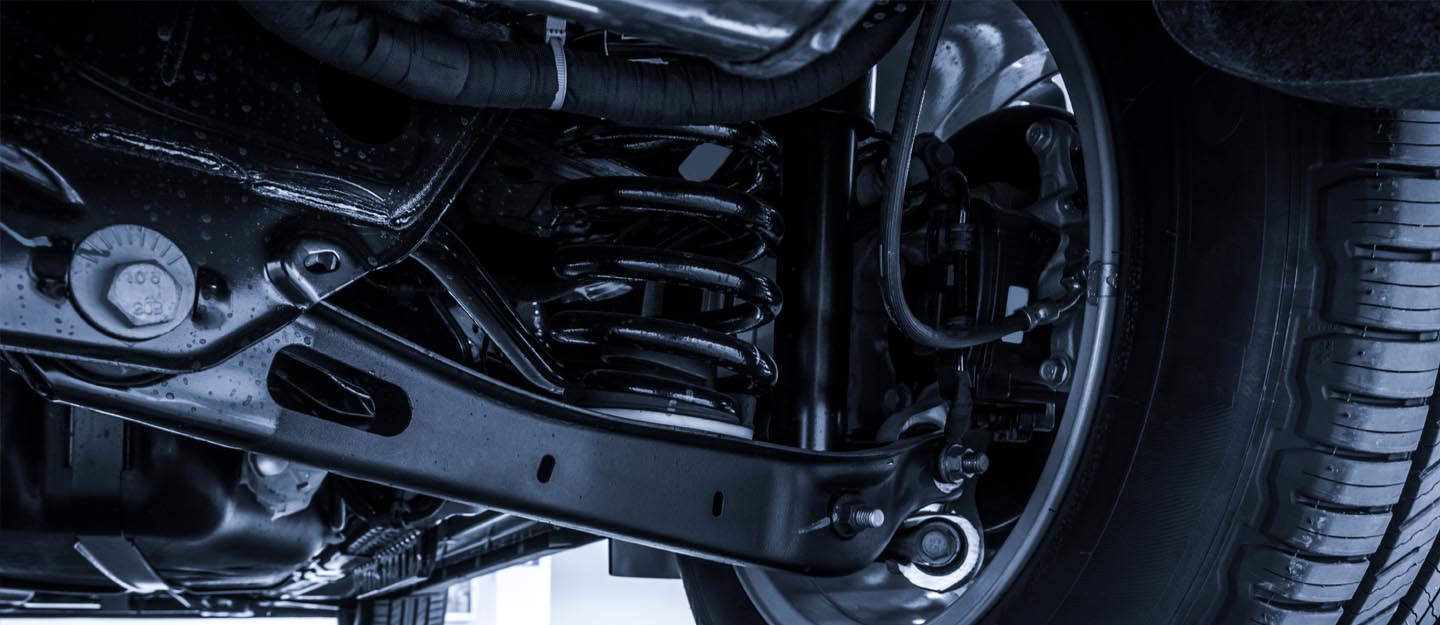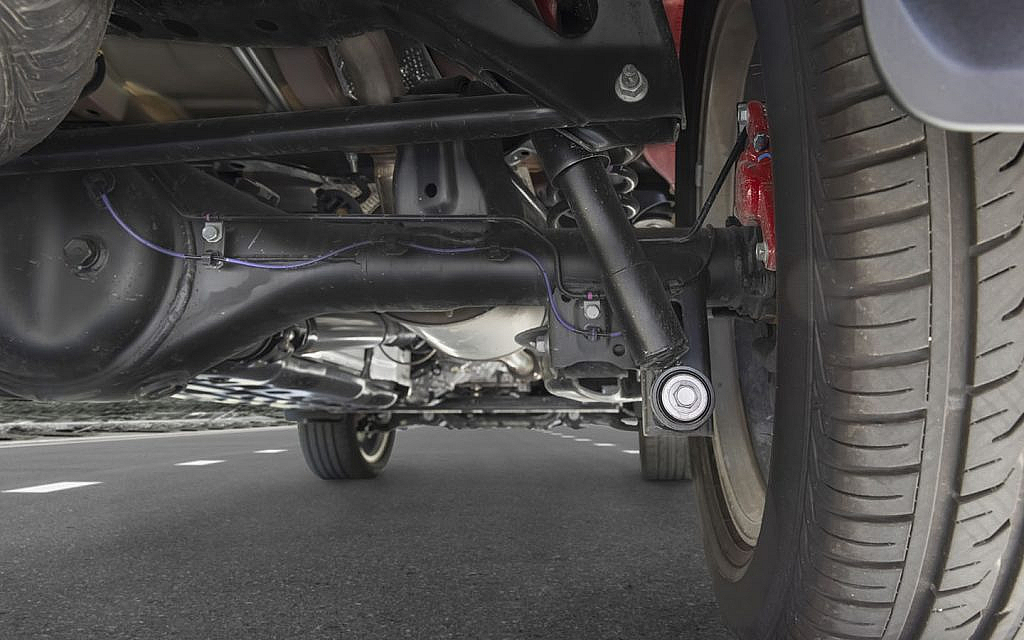All About Independent Rear Suspension (IRS) System

Independent rear suspension is a suspension configuration typically found in off-road and high-performance vehicles. Allowing each rear wheel to move independently enhances the vehicle’s drivability on uneven roads. Unlike the solid axle suspension, the independent rear suspension provides more control and flexibility while cruising.
Here we’ll explore the types and some noteworthy pros and cons of independent rear suspension. This analysis will help gain a better understanding of how the suspension system impacts the overall dynamics and driving experience of a vehicle.
Types of Independent Rear Suspension (IRS)

Before discussing the major advantages and disadvantages of independent rear suspension, we’ll first list its types.
The two most common types of independent rear suspension are:
MacPherson Struts
Among the many different types of vehicle suspension systems, the MacPherson strut is known for its sturdiness. This independent suspension system utilises a configuration where the coil springs are mounted on the rear struts. This design incorporates a lower spring seat positioned on the strut. Meanwhile, the upper spring seat is securely placed on the upper strut mount.
For stability and reinforcement, the upper strut mount is bolted into the inner fender reinforcement, ensuring a sturdy connection. The suspension system features dual lower control arms on each side to enhance control and manoeuvrability. It extends from the chassis to the lower end of the spindle.
This arrangement provides structural support and helps maintain proper alignment. The lower end of each strut is firmly bolted to the spindle, ensuring a secure attachment.
Dual Wish-Bone Independent Rear Suspension
The dual wishbone independent rear suspension features a configuration that utilises a pair of joints at both ends of the wishbone-shaped arm. It results in a more H-shaped configuration when viewed from above.
Unlike other designs, the bushings or ball joints in this independent rear suspension are not restricted to horizontal axes. This flexibility allows for the fine-tuning of geometry to achieve desired performance outcomes.
Pros and Cons of Independent Rear Suspension (IRS)
Analysing independent rear suspension from different practicality and performance criteria, we have compiled this pros and cons list.
Pros of Independence Rear Suspension

Improved Traction on Uneven Surfaces
In an IRS system, the movement of each rear wheel remains unaffected by the other. This allows the vehicle to maintain traction even in situations where a solid axle vehicle loses contact with the surface. This is why independent rear suspension is often considered an important part of off-road modifications.
Moreover, it maximises tyre performance as the thread makes contact with the road across a larger surface area. This, in turn, promotes even wear of the tyre and extends its overall lifespan. You can also check tyre tread depth with a coin to determine its condition.
Smoother Ride
Often installed in different types of off-roading vehicles, the IRS systems effectively mitigate the jolt caused by a single wheel encountering a bump or pothole. The impact is contained within the affected wheel and is not transferred throughout the system via the axle. This configuration ensures a smoother travelling experience, particularly for passengers in the backseat. Note that the sudden impact by a pothole, curb or other types of collision often causes bad wheel alignment.
Better Cornering
Although IRS systems are commonly associated with off-road vehicles, their benefits extend to performance cars as well. It is because of their ability to seamlessly handle cornering and manoeuvring.
Unlike a rigid-axle suspension system, the independent rear suspension has a lower unsprung weight. This results in less amount of pull against in response to steering and improves the vehicle’s cornering performance.
Cons of Independence Rear Suspension

Poor Straight-Line Performance
Vehicles equipped with independent rear suspension often underperform in terms of straight-line driving. When each rear wheel spins independently, it becomes more prone to losing contact with the pavement.
This results in a detrimental loss of traction during straight-line driving. Moreover, in the case of a rear-wheel drive configuration, this can even lead to reduced driving power.
High Maintenance and Cost
An independent rear suspension system has more complex components to maintain compared to solid axle configurations. Due to the increased number of moving parts, independent rear suspension systems are inherently more prone to mechanical failures. Therefore, these systems require frequent maintenance and care.
Independent rear suspension is a result of complex engineering. The IRS system comprises a large number of moving components. Putting all of them together exactly according to the required specification can be a painstaking process. If you want to learn more about different types of car suspension and their maintenance, read here.
All these factors collectively increase the production costs of independent suspension systems and the vehicles that have them. Moreover, in such intricate configurations, regular lubrication of the car’s steering and suspension parts becomes crucial to ensure longevity.
These were some of the major pros and cons of independent rear suspension. The IRS system may be complex and costly but it offers smooth rides on different types of road surfaces.
If you are looking for an off-road or high-performance vehicle, you can browse these used cars for sale in the UAE to pick the option that fits your requirements.
For more insightful pieces on auto parts and repairs, stay connected to the dubizzle car blog.
Leave a Reply